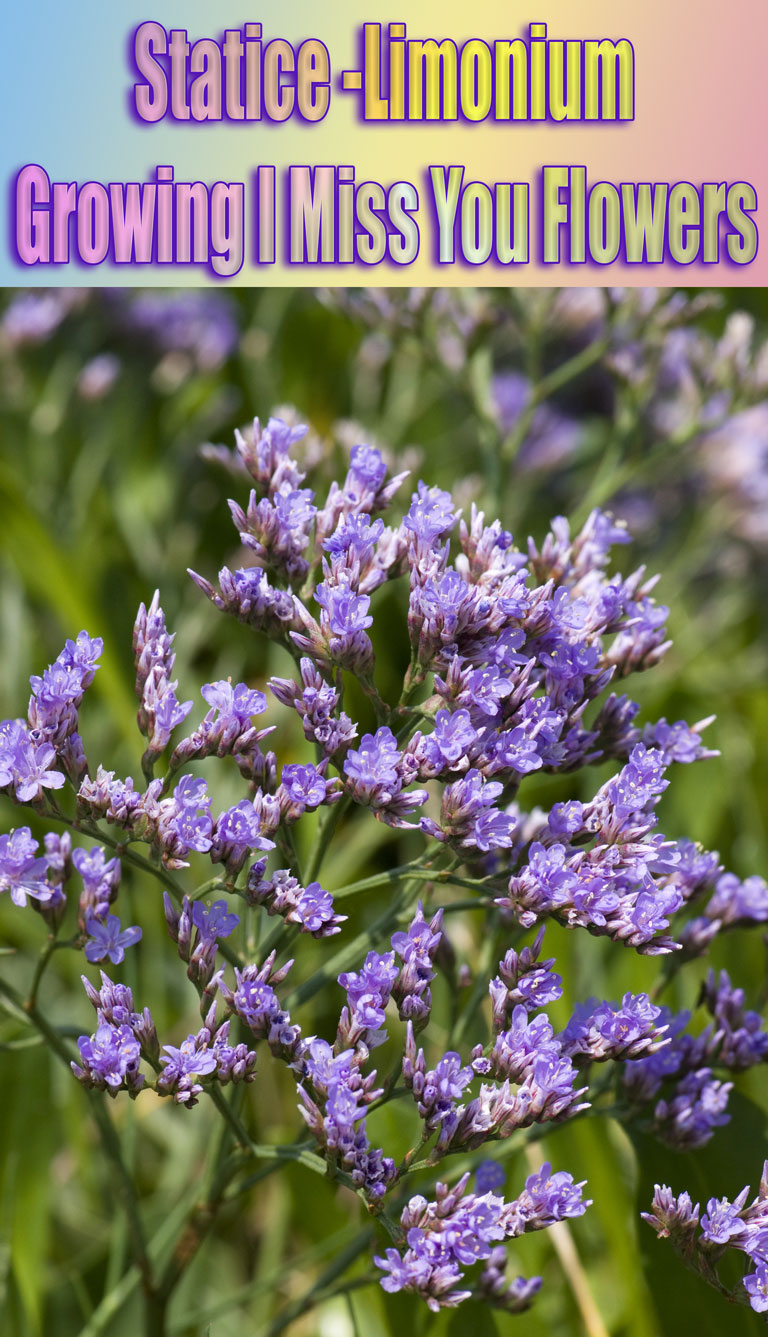
Limonium is a species consisting of 120 varieties of flowers they also call them Statice, Marsh-rosemary, or Sea Lavender. Limonium also appears belonging to the leadwort, the plumbag or Plumbaginaceae family. In spite of the general names given to them, these genuses are not associated either with rosemary or lavenders. Each flower has a symbolic representation of an emotion or expression, and satice means, “I miss you.”
This species has a sub cosmopolitan distribution in North America, Africa, Asia, Europe as well as Australia. By and large the widest range (over 100 varieties) extends from Canary Islands east via Mediterranean region right up to Central Asia. You can find only three local species in North America.
Anatomy
Statice or Sea-Lavender usually grows in the form of herbal perennial plants. They grow from a rhizome to a height of 10 to 70 cm. Some of them (mainly from the Canary Islands) that grow up to a height 2 m are woody shrubs. Most of these varieties prosper in salty soils, and are thus commonly seen adjacent to coastal areas and in marshy places that are salty. In addition, you can see them also on gypsum, saline and alkaline soils in the central parts of the main lands.
Their simple foliage ranging from wholly to lobed, of length 1 to 30 cm and breadth.5 to 10 cm. The Statice flowers originate from a branched raceme or flattish topped raceme; each small (4 to 10mm long) flower has a calyx of five lobes, a corolla and five stamens. In most of the varieties the color of the flower varies from pink, purple to violet but in some they are yellow or white.
How to Cultivate Domestically
Preparation for Planting
Planting statice is an effortless process right from seeds provided you follow the dictates of Statice flower care. Growing these flowers is an inexpensive way of enriching your cutting garden with flowers. In order to have your flowers blooming early, sow your seeds indoor two months prior to your last frost. Since the seeds are very small, they need only a fine coating of soil on them. Statice prefers sandy soils to clay, therefore in case the soil in your land is heavy, you will stay better off growing statice in your indoor garden.
Planting Statice
- Statice prospers even if the state of the soil is moderate or below average. Drain your soil properly and maintain a pH value of 6.0 to 6.5. The ideal soil for your statice is one with a good-compost, and free from fertilizers. Static plants grow on the seaside; therefore prior to planting add sand to the soil.
- Sow any type of statice seed directly in the soil. Even though statice seeds sprout very gradually, sow seeds in excess of your plan. Place the seeds at a minimum distance of 14 to 18 cm.
- The annual statice plant is woody; it withstands most conditions of planting. Statice bears up with excess heat and even a dry spell, free of problems.
- Be certain that you do not sow a whole lot of statice seeds, if they do not get sufficient sunlight they will succumb to fungal and mildew diseases.
Placement and Watering
Frost shatters statice flowers quickly. Therefore, sow your statice seeds inside your homes two months prior to the end of frost, in recyclable pots. It does not need additional inputs and nutrition. They flourish in a dry environment—statices get affected with different diseases if you supply excess water. Water them only when you see a long and dry environment.
Flowering Period
Flowering Season: Spring, Summer.
After-Bloom Care
Statices make for excellent dry flowers. Cut the flowers when they bloom fully. Cut the stem to a length of 12 inches if you want a good crop of cut flowers. Shred the foliage and keep your blossoms in a vase topped with water and place it in a cool and dry area. Be certain, that direct sunshine does not fall on them.
As Cut Flowers
The inner and outer sepals of the twin color significantly contrast with each other, and for this reason, they are in great demand as cut flowers. Fill your cutting garden with varieties of statice with ease.
Scientific Classification
Kingdom: Plantae
(unranked): Angiosperms
(unranked): Eudicots
(unranked): Core Eudicots
Order: Caryophyllales
Family: Plumbaginaceae
Genus: Limonium

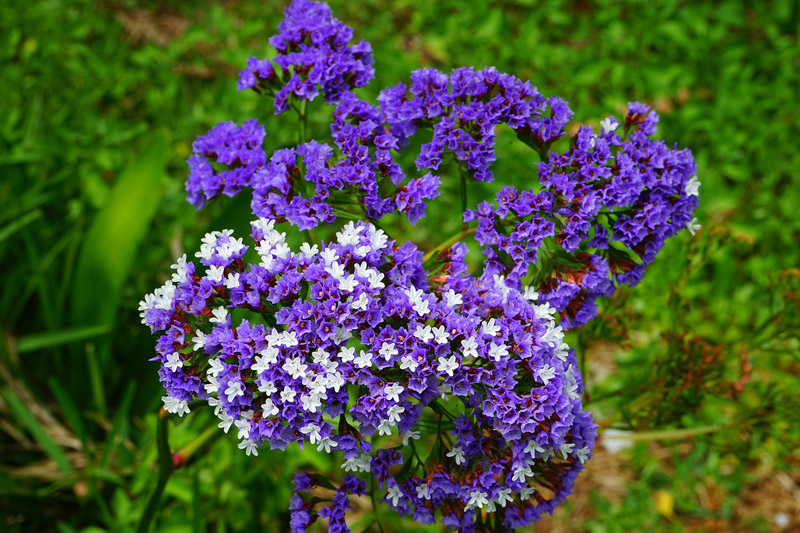
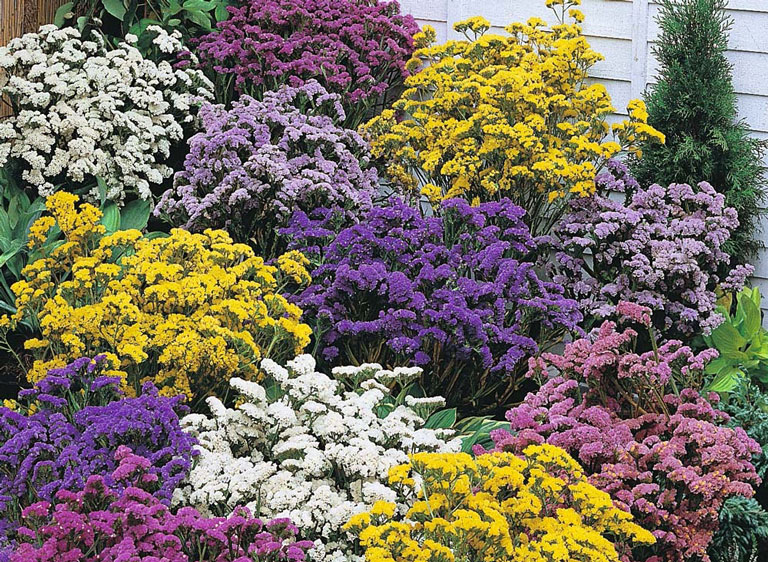

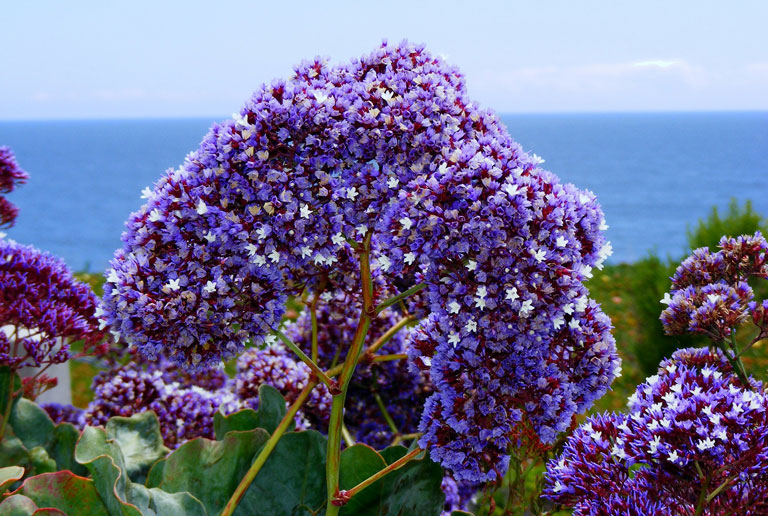

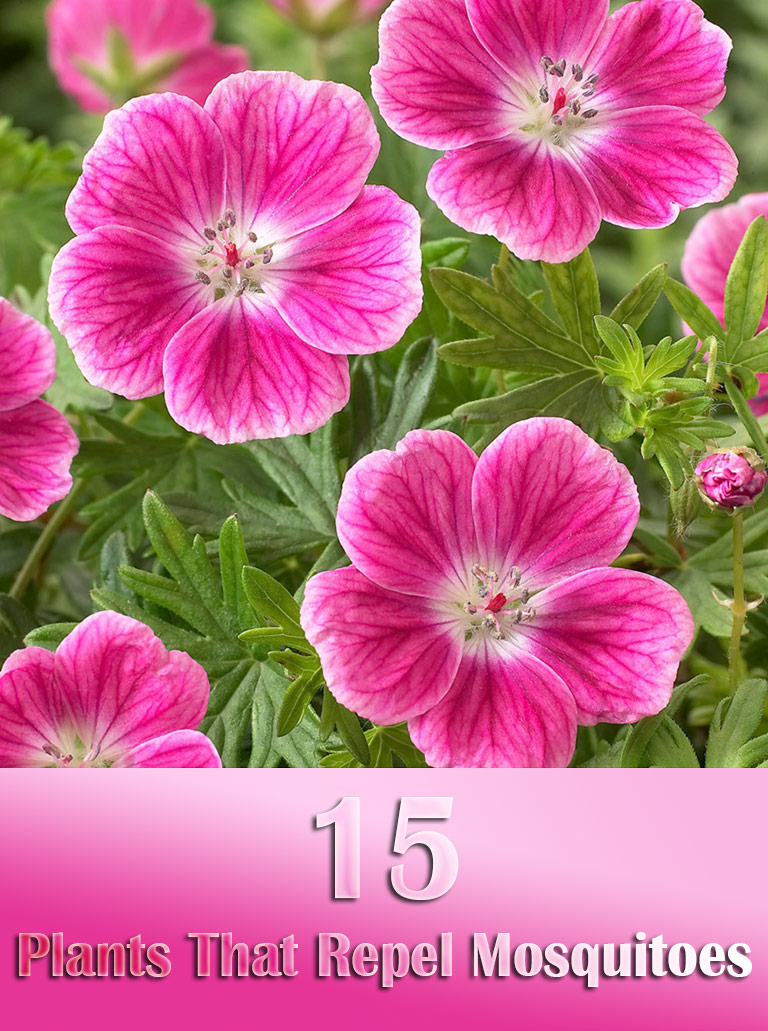
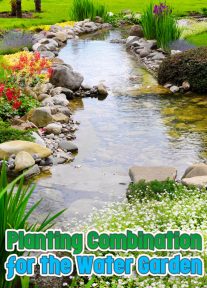
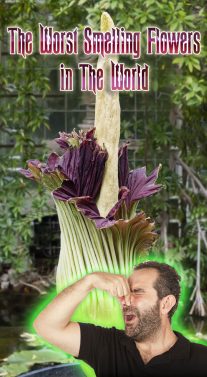
Leave a Reply